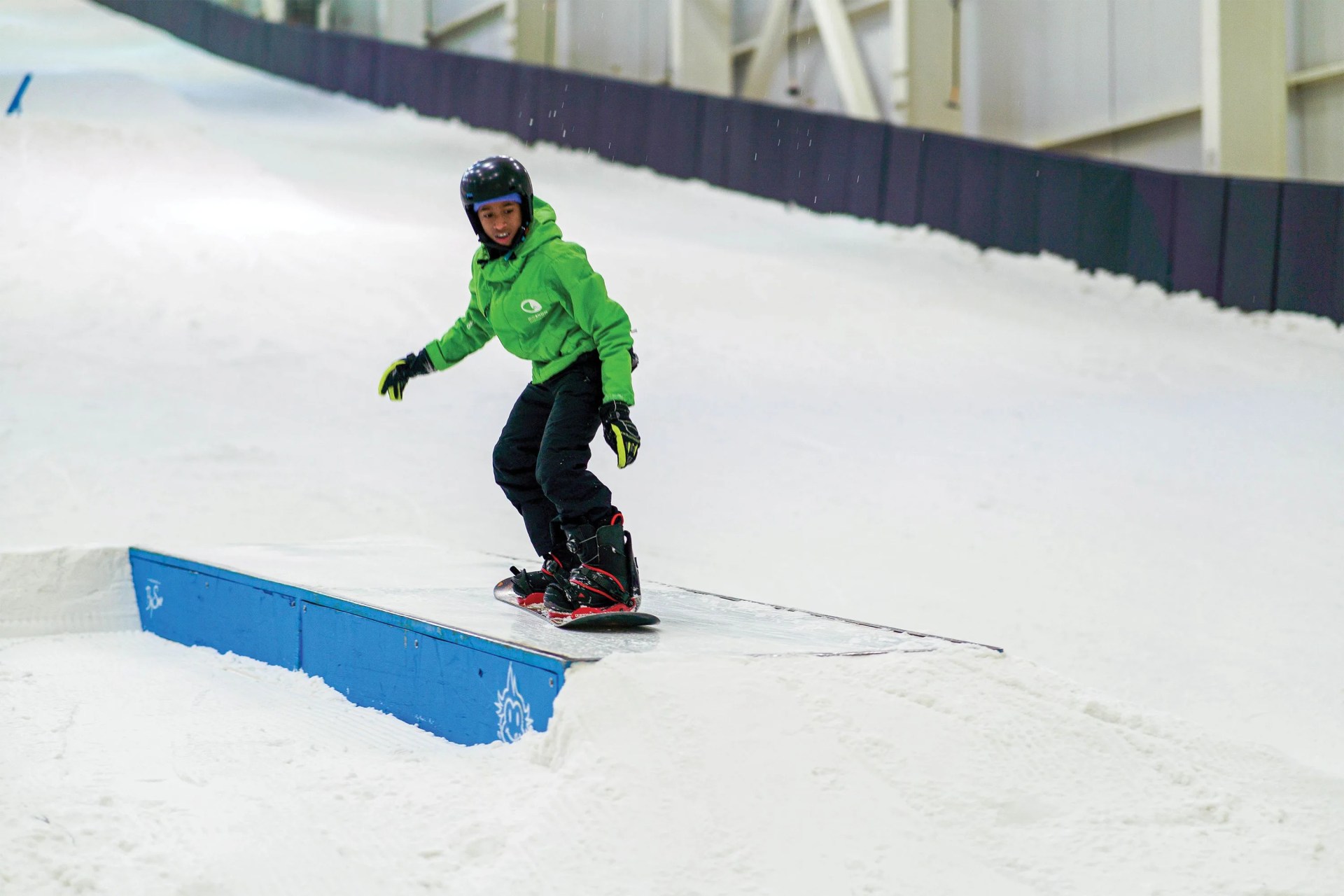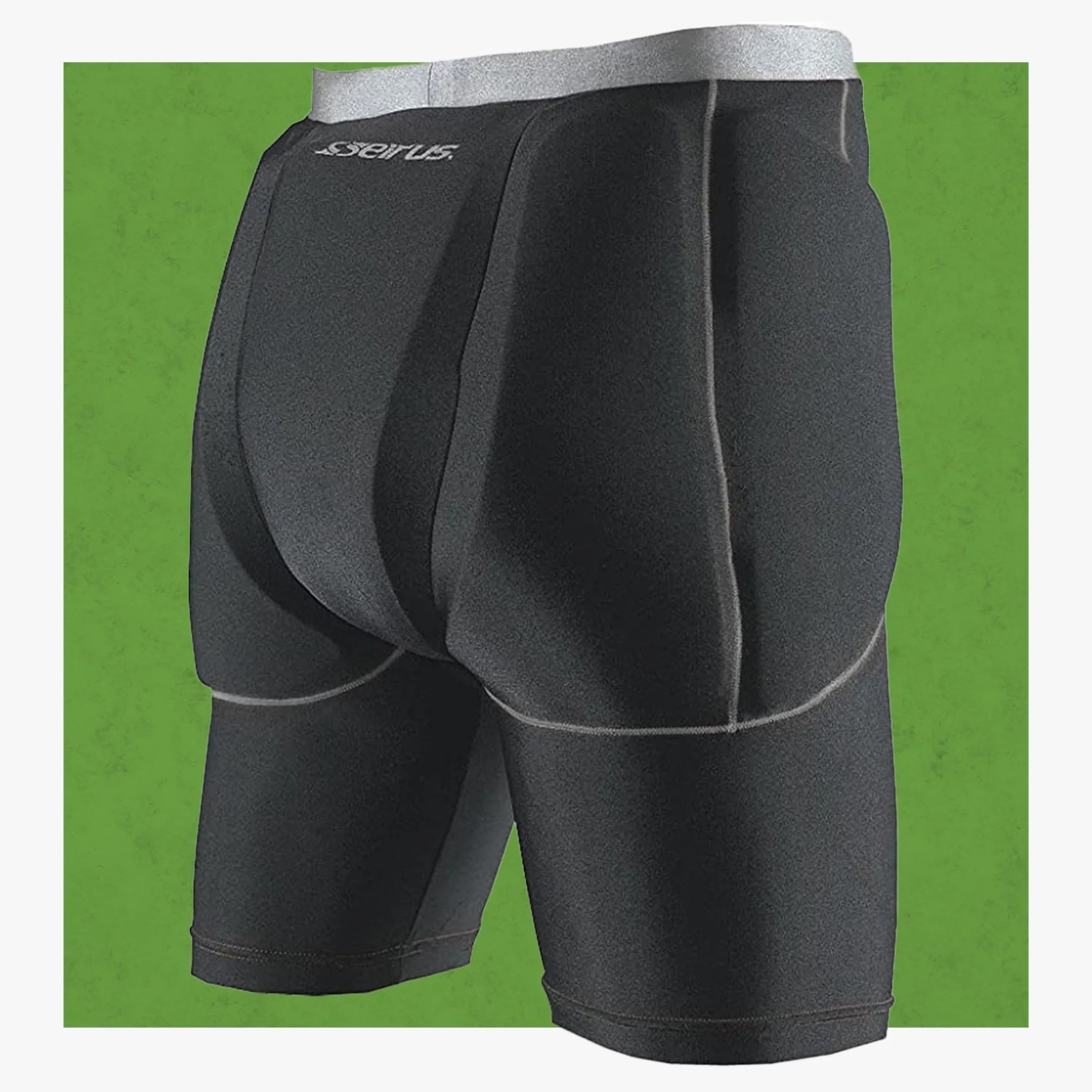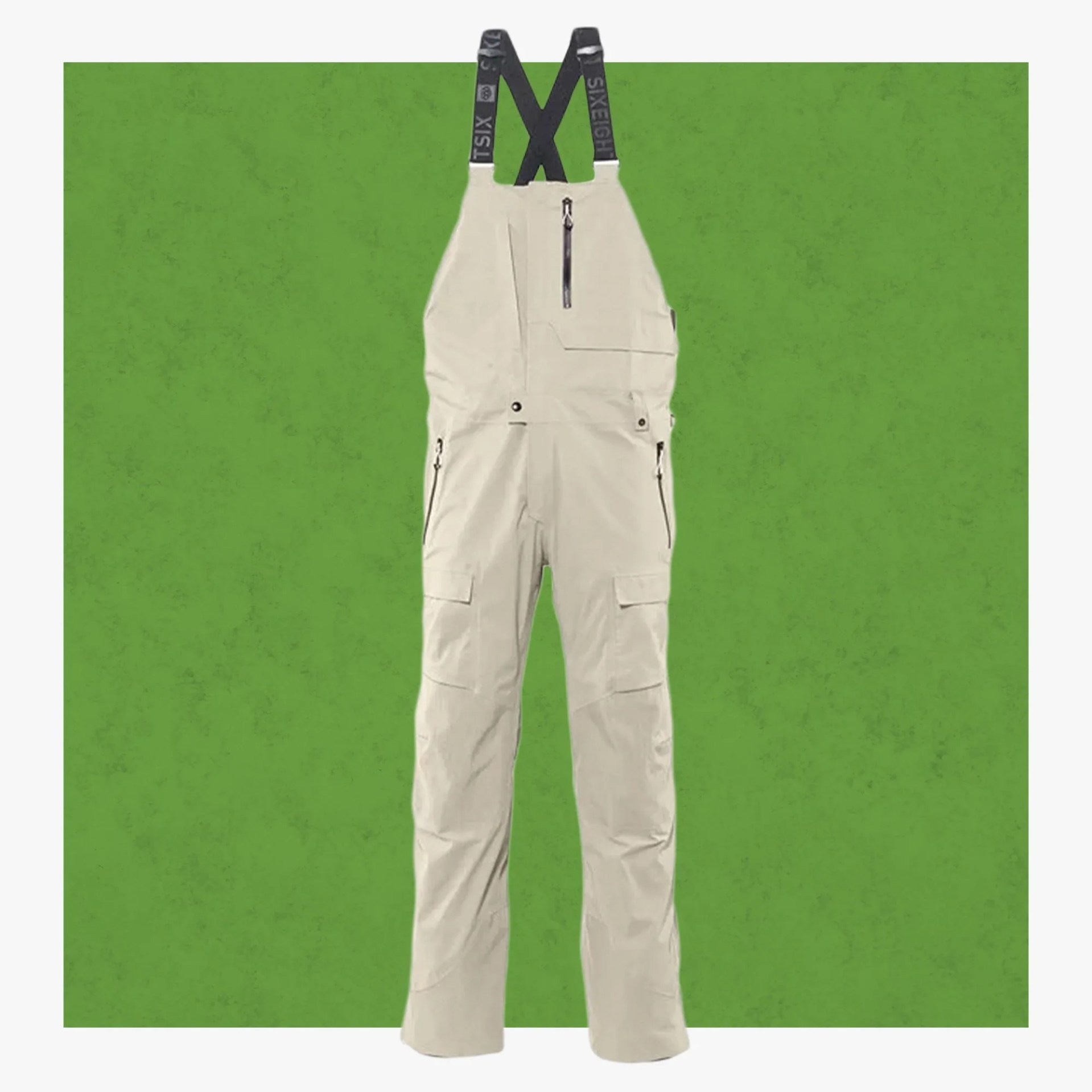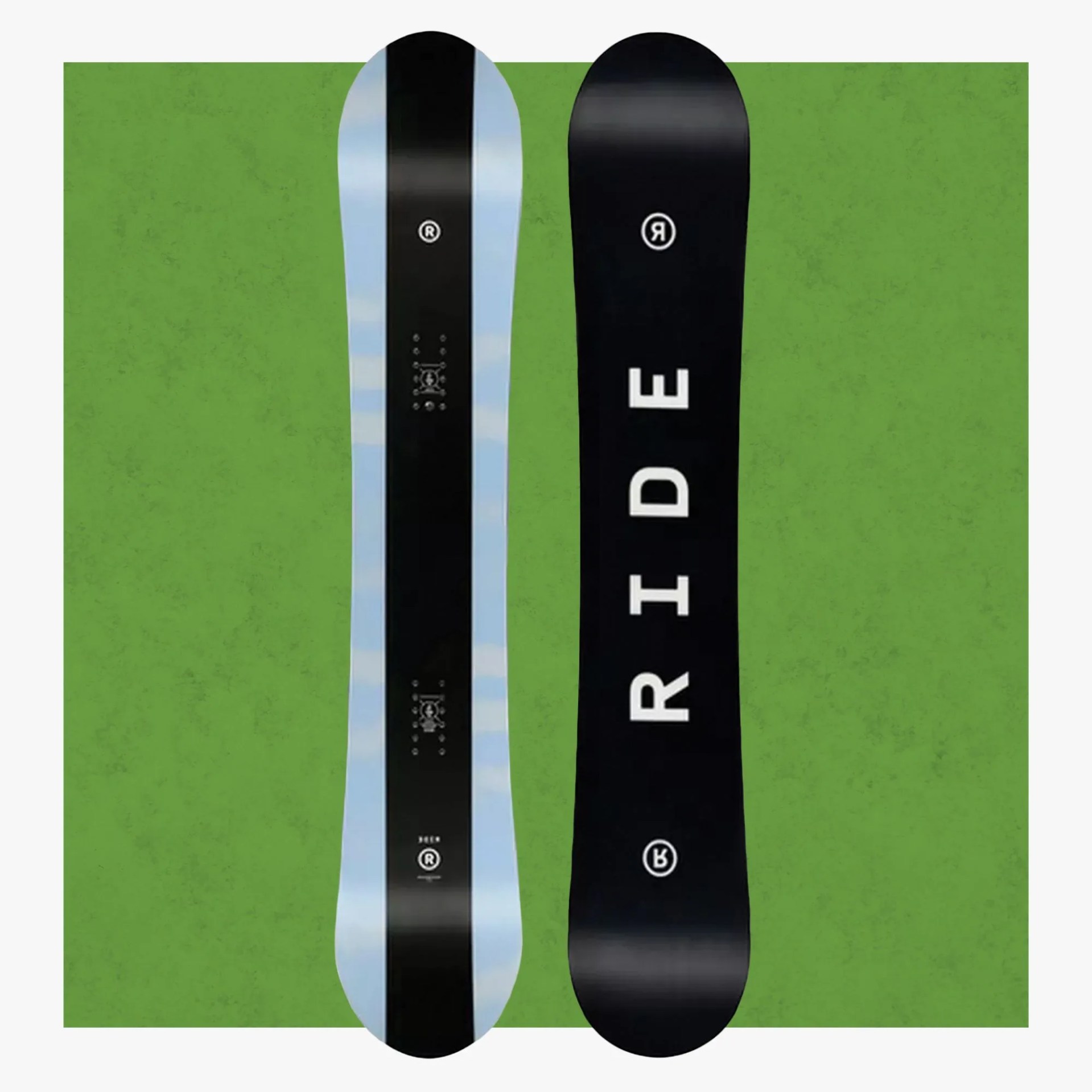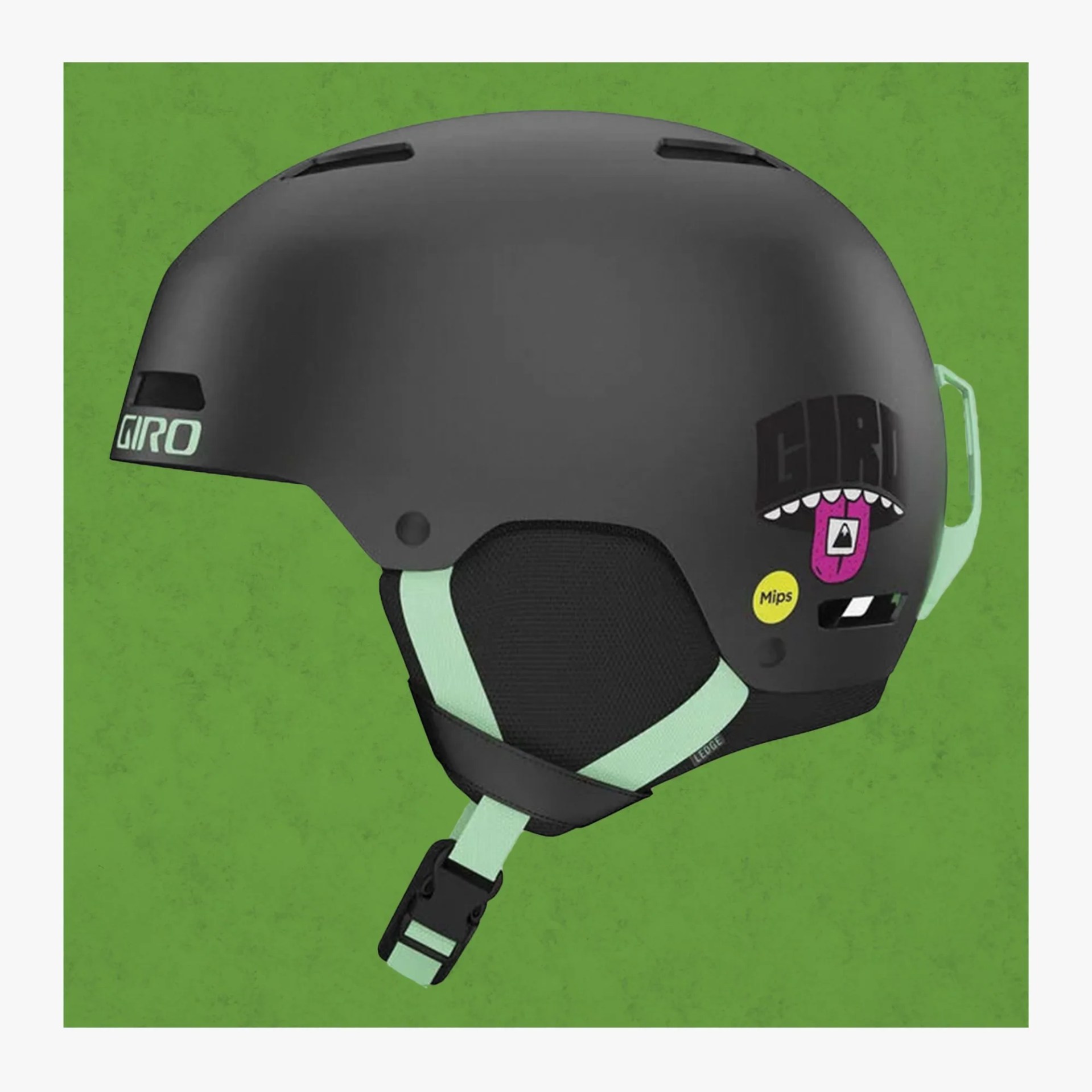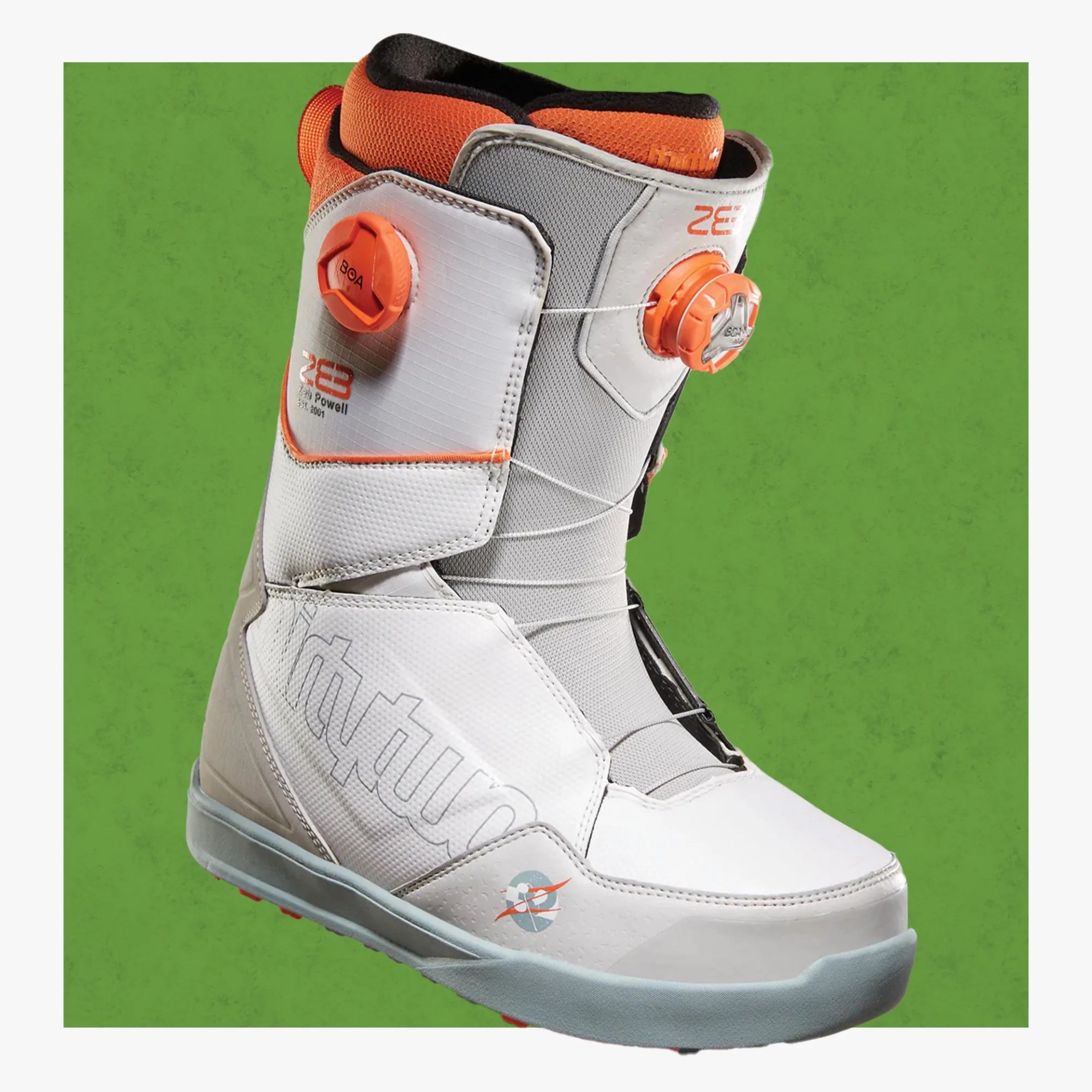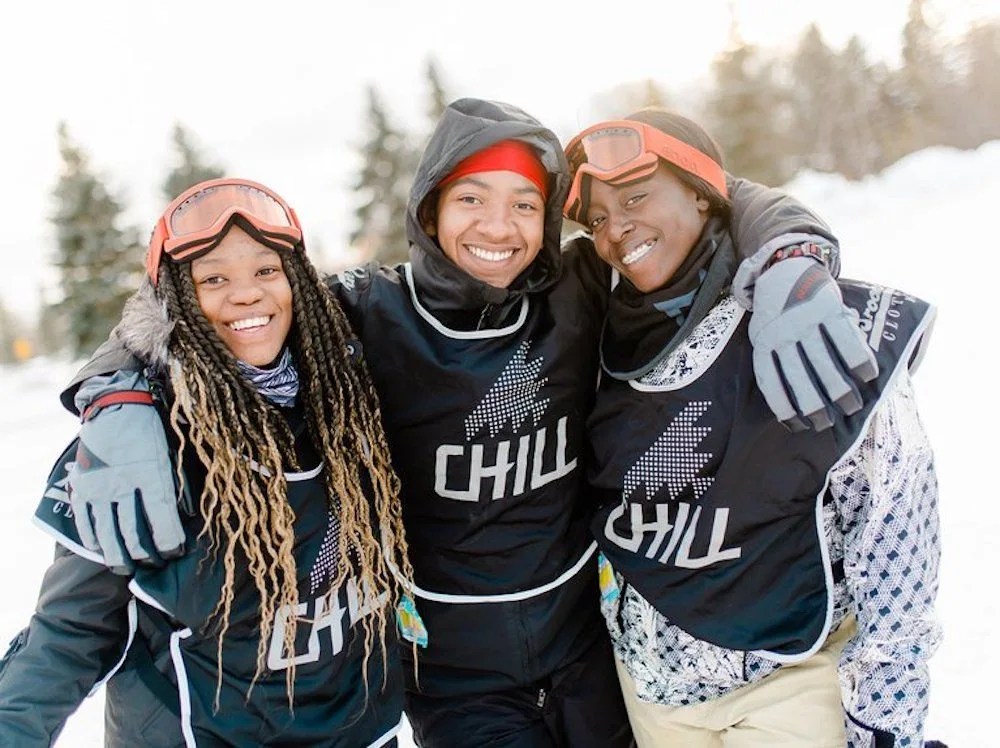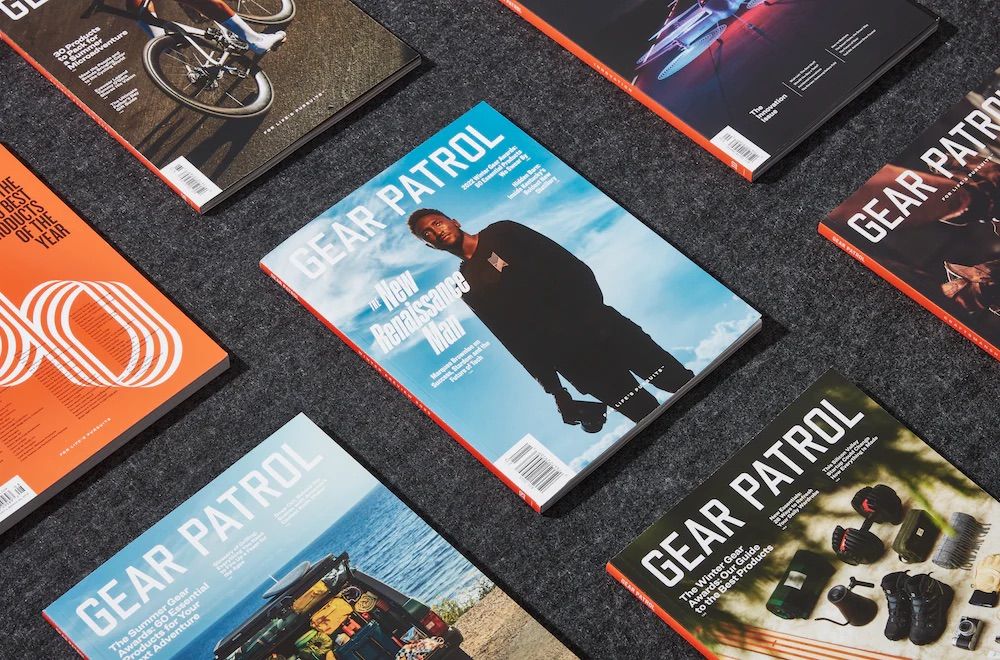’Twas a white winter in Washington, circa 2008. Mount Baker was blanketed with packed powder, but only up near the resort’s 5,089-foot peak — a surprising discovery for Brian Paupaw, an East Coast snowboarder who hadn’t yet experienced such heights. But his mind had already been expanded.
Hitchhiking to the mountain along Highway 542, he’d found catching a ride with his thumb to be easier than hailing taxis in Times Square as a Black man. “That was so cool — to be a person of color and have people treat me [with open arms] because of snowboarding,” he says.
The cofounder of Hoods to Woods, a nonprofit that introduces inner-city kids to the sport, grew up in Brooklyn in the ’80s. He recalls park parties and breakdancing amid the birth of hip-hop. He also recalls a crack epidemic sweeping the streets, leaving bodies in its wake.
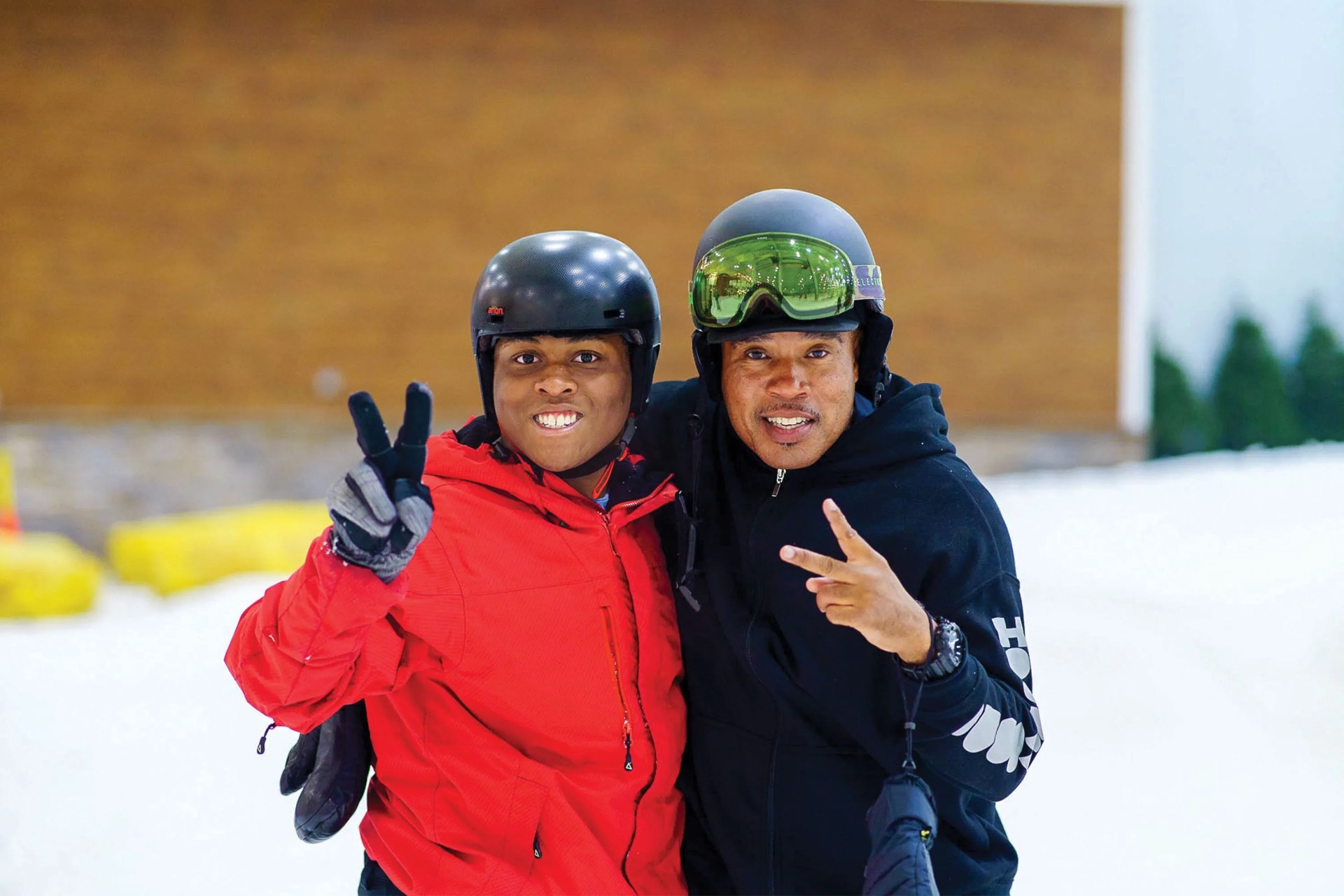
“Things got really, really tough, and when you live in that environment, you really don’t know anything else until you leave,” he explains. Snowboarding became that “anything else” for Paupaw, who got hooked while studying at Parsons School of Design in the late ’90s. Back then, there weren’t many people of color on the slopes — and things aren’t that much different today.
Sure, there are some superstars, including out-of-this-world free rider Zeb Powell and two-time Olympic halfpipe gold medalist Chloe Kim. But while they compose 12.4 percent of the US population, people who identified as Black made up just 8.2 percent of all snowboarders in the 2021-2022 winter season, according to Snowsports Industries America (SIA). Hispanics (18.7 percent of the population) represented 16.9 percent, and Asians (6 percent of the population), 11.7 percent.
When Paupaw returned from Washington, the thriving motion graphics designer decided he wanted to inspire change.



